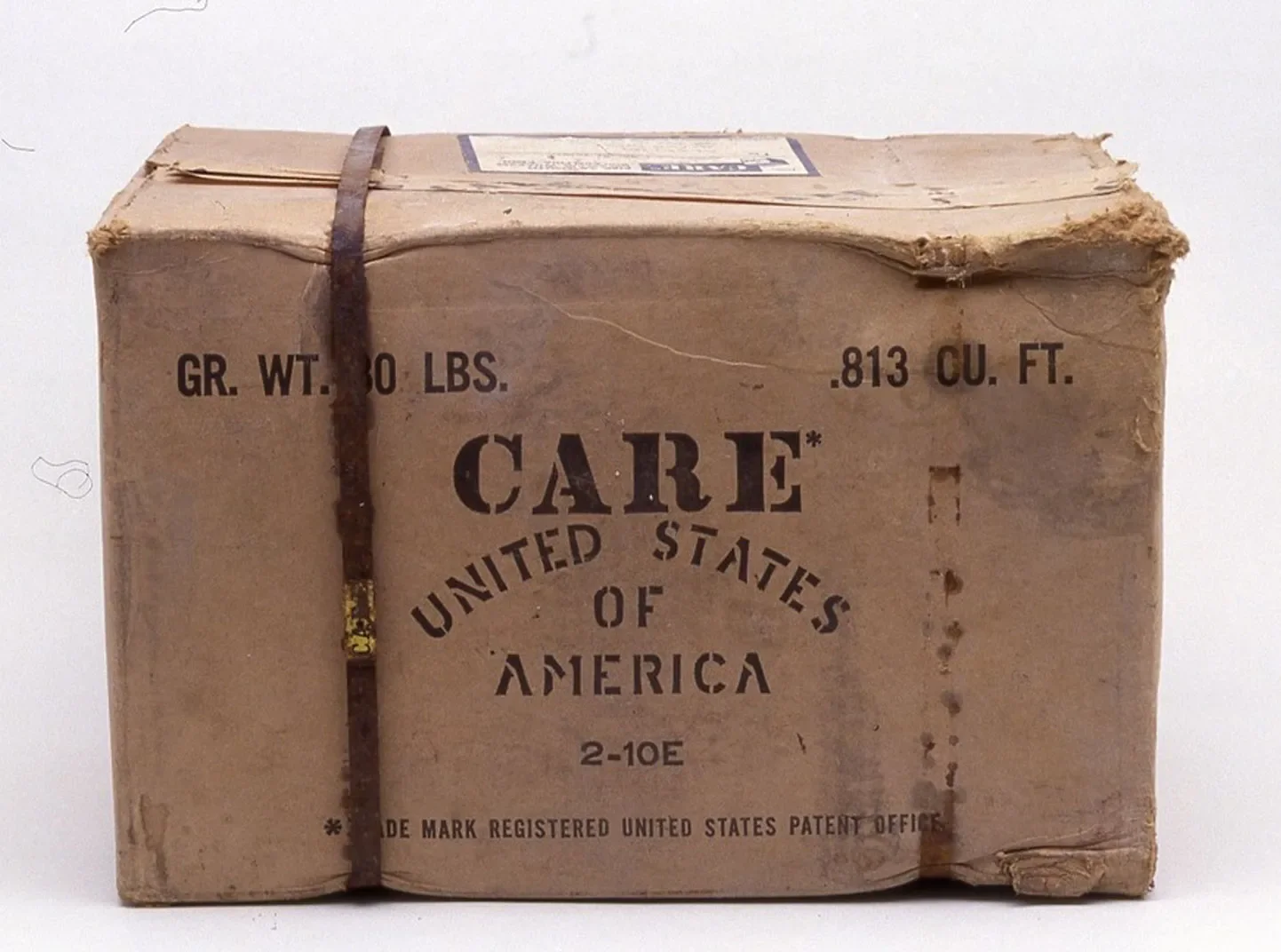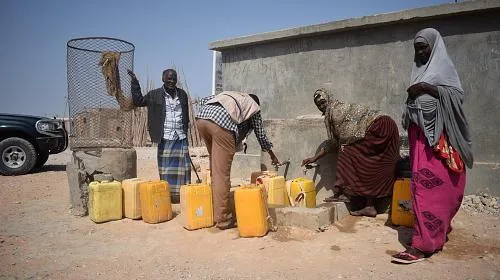2018 will be a hard year for all affected by the drought in Somalia. All indications show that the drought will not get any better and may push the situation towards famine.
Rains between October – December 2017 were expected to bring relief to millions of people in Somalia. Unfortunately, the rains were not good. This was the fourth consecutive failed rainy season.
While large-scale famine has been averted in 2017, the humanitarian impact of the drought has been devastating. 5.4 million people, close to half of the population, are in need of humanitarian assistance and protection.
“Things are not looking good. We have had another failed harvest season and a poor rain season. This has pushed the cost of living higher and families are struggling to put at least a meal on the table daily. Our efforts should be focused on ensuring that we do not have a famine” explained Saeed Arshe Ahmed – Care Somalia’s Head of Office in Bossaso, Puntland.
On 5 December 2017, Puntland authorities declared a state of drought emergency and appealed for assistance from humanitarian agencies. Authorities in Somaliland on 31 January 2018 also that declared that 1.7 million people were in need of emergency assistance due to pervasive droughts in various regions.
The cost of living in Somalia is beyond what most families and the most vulnerable people in camps for internally displaced people can afford. They are unable to fend for themselves and depend entirely on the services provided by humanitarian organizations like CARE International.
It is estimated that 301,000 that children are or will be acutely malnourished this year including48,000 who are severely malnourished.
“The number of Somalis on the brink of famine has grown tenfold since this time last year. An estimated 1.2 million children are projected to be malnourished in 2018, 232,000 of whom will face life-threatening severe acute malnutrition” Peter de Clercq United Nations Humanitarian Coordinator for Somalia – January 29, 2018.
Although the threat of famine has declined, humanitarian assistance must be sustained to save lives and protect livelihoods.
“We will need to do more and scale up our interventions to pockets of Somalia we have not yet reached due to various reasons. Otherwise the people in these areas will be the first to slide into diseases and famine” added Ahmed.
It is further estimated that around 2 million are displaced in hard to-reach, conflict-affected, rural areas in southern and central Somalia. Access to such areas has been a huge challenge due to the presence of non-state armed actors or active fighting severely constraining safe humanitarian access in these areas. These areas are critically affected by food insecurity, malnutrition, disease outbreaks and inadequate water and sanitation services.
Media Contact
Edward Ahonobadha, edward.ahonobadha@care.org, +254 724044770

